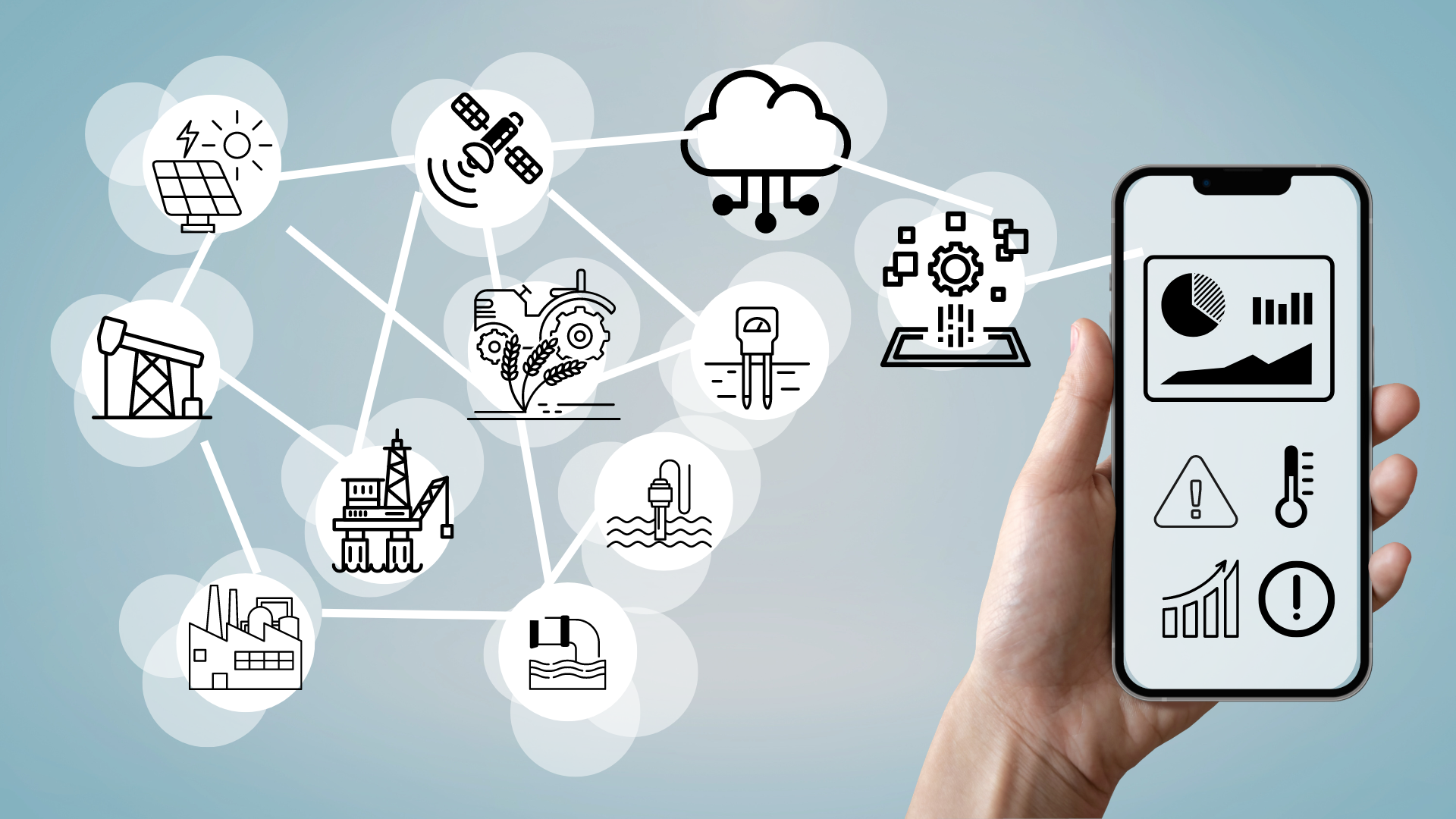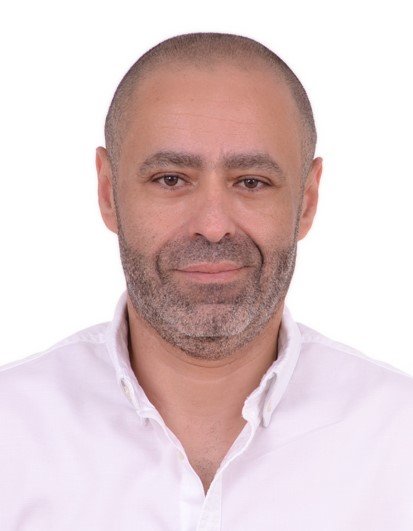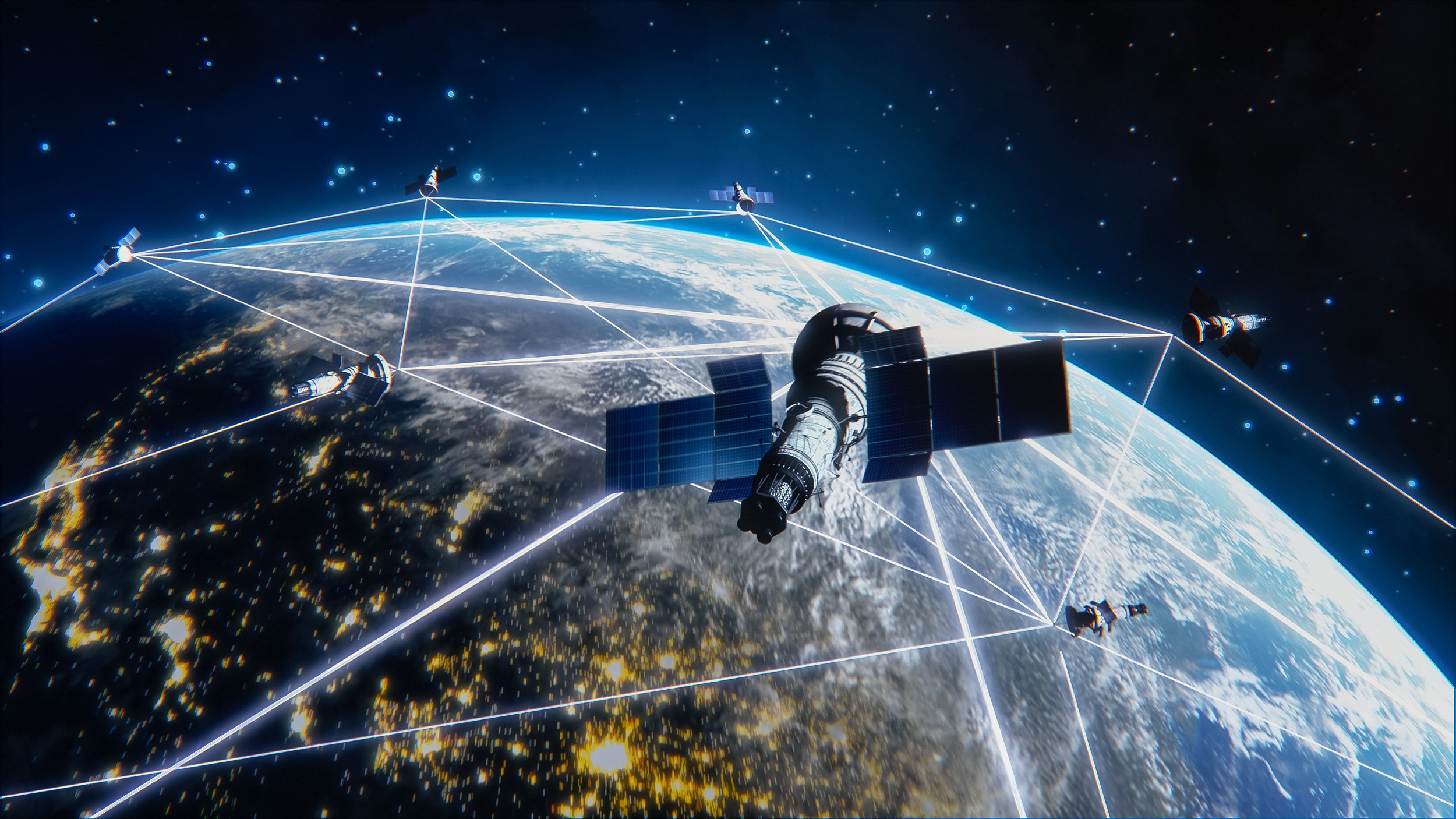
How Satellite Communications are Changing the IoT Landscape
There are currently over 17 billion IoT devices connected worldwide, with the number expected to reach 30 billion by 2030. As these devices become located in increasingly remote areas, the need for satellite connectivity is increasing.

Satellite IoT: The Key to Precision Farming
As human beings, we have relied upon agriculture for thousands of years. As the source of our food production, it has evolved over centuries, taking in the latest available technologies throughout history. This sector is essential to our survival but only 12% of the world’s land is usable for farming and with agriculture, forestry and land use the source of 23% of greenhouse emissions, the way we farm today is under scrutiny.

How Can We Enable the Next Generation of Antennas to Ensure the Industry Can Move Towards a Multi-orbit, Multi-network Environment?
Flat Panel antennas are absolutely crucial to enabling the next generation of satellite. However, manufacturers are challenged with a lack of clarity on performance and test requirements for these antennas. Moving this forward will require industry collaboration to determine an agreed set of criteria and that will need input from all stakeholders.

Digital IF – Transforming the Satellite and Space Industry
The satellite industry is undergoing its most significant digital transformation yet, poised to reduce costs, enhance resilience, spur innovation, and expand its global market share. However, breaking through the bottleneck of the ground segment is crucial to achieving this goal, as current analog IF systems struggle to scale and meet future capacity demands. Transitioning to digital IF promises a solution.

The Operational Challenges of mmWave Satellite Networks
Founded in 2020, Atheras Analytics has developed a suite of software tools that enable satellite operators to optimize the design and operation of their high throughput satellite (HTS) services in Ka and Q/V-band.

Is the Ground Segment Keeping Up with LEO?
The launch of mega constellations into low earth orbit (LEO) is undoubtedly responding to a direct need within the satellite industry. There is unprecedented demand for seamless and wide-reaching connectivity and many satellite operators are viewing multi-orbital solutions as the answer to great service delivery to their users.